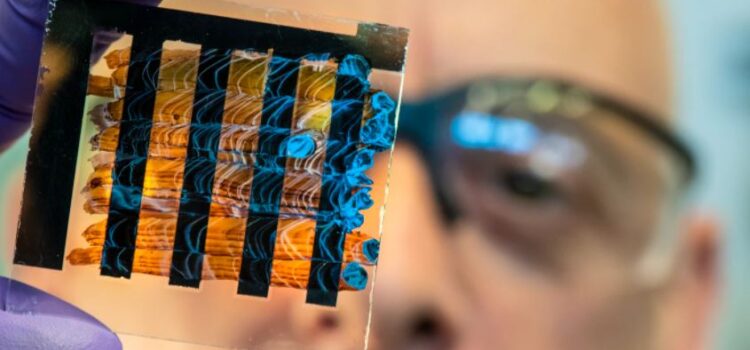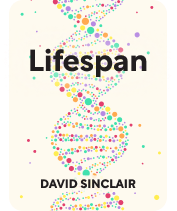

This article is an excerpt from the Shortform book guide to "Lifespan" by David Sinclair. Shortform has the world's best summaries and analyses of books you should be reading.
Like this article? Sign up for a free trial here .
What are Yamanaka genes? How can these genes reverse aging?
Yamanaka genes are a group of genes that encode transcription factors that have been shown to convert mature cells into stem cells. These factors hold promise in our quest to reverse aging—stem cells can grow into any type of cell (e.g. neurons, heart cells, liver cells) and could be used to replace the age-related cell damage.
Here’s how Yamanaka genes can one day help reverse your biological clock.
Turning Back the Clock With Yamanaka Factors
Biologist David Sinclair believes that the true cure for aging may be a set of four genes, called Yamanaka factors, that reverse aging in cells—not just the effects of aging, but aging itself. Shinya Yamanaka, the stem cell researcher who discovered these genes’ potential, showed that they could cause adult cells in a petri dish to revert to immature stem cells. Those stem cells could then re-mature into young, healthy cells of any type.
Sinclair believes that it will someday be possible to use Yamanaka genes, along with other treatments, to completely undo epigenetic damage and even revert senescent cells into healthy ones, thereby resetting people’s biological clocks. He even says it might become possible within our lifetimes, though he admits that’s an optimistic prediction.
The author acknowledges that this sort of genetic de-aging therapy is a work in progress: He suspects that it’ll take at least another decade to develop methods that are both safe and effective for humans. However, Sinclair’s own laboratory has made great strides already, and he truly believes that this procedure (or one like it) will someday keep us young and healthy indefinitely.
(Shortform note: Chemist and biologist Joanna Wysocka showed that a particular group of embryonic cells—called the neural crest—naturally use Yamanaka factors to turn back into stem cells. These cells of the neural crest, which were at one point locked into becoming skin, were then able to turn into bone or muscle tissue instead. This suggests that, not only are the Yamanaka factors theoretically effective on living humans, but are in fact already a part of our development.)

———End of Preview———
Like what you just read? Read the rest of the world's best book summary and analysis of David Sinclair's "Lifespan" at Shortform .
Here's what you'll find in our full Lifespan summary :
- Why biologist and geneticist David Sinclair believes old age is a curable disease
- The potential problems of a world where people never die
- How the elderly stifle the economy






